Where Do you Fit? The Different Factions That Identify Swimmers
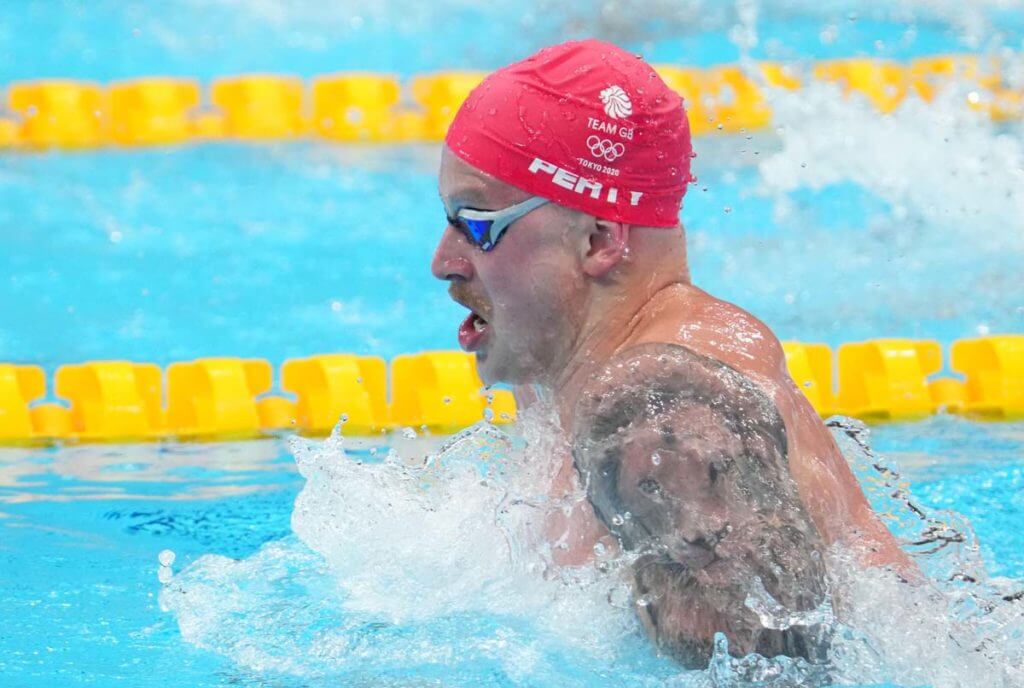
Where Do you Fit? The Different Factions That Identify Swimmers
“What’s your stroke? What’s your event?”
Like a college student always being asked what their major is, these are probably the number one questions swimmers get asked right after telling someone they are or were a swimmer. Most swimmers will know a huge part of their identity as a swimmer lies in what stroke they train and what event they swim in. Let’s break down the different factions a swimmer may self-identify with, and what makes each group unique from the last.
The Sprinters
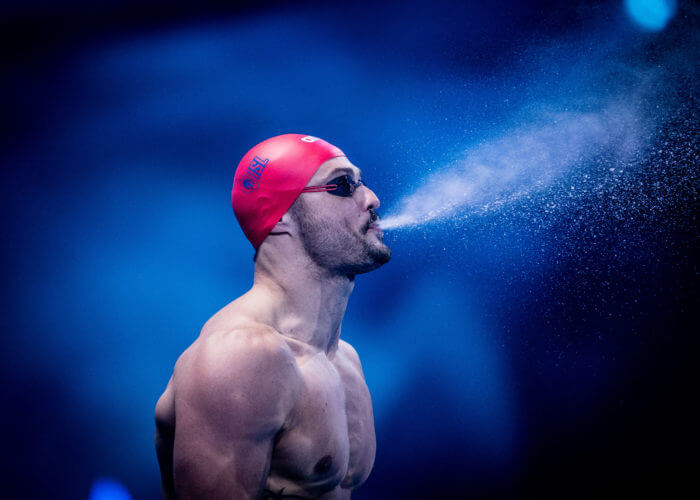
Photo Courtesy: Mine Kasapoglu / ISL
These are the people who swim usually all freestyle events of short distances, like the 50 and 100. Often taller than your average swimmer, their training consists of many short sets on fast intervals to train not only the body but also the muscles to simply put their head down and swim for dear life. Anytime a coach enters them in an event that is over 100 meters or a different stroke, they’ll feel out of their element and not know what to do with themselves. Everyone envies their short sets when practices become broken down by group, and non-swimmers will be shocked by how fast sprinters fly through the water.
The Distance Swimmers
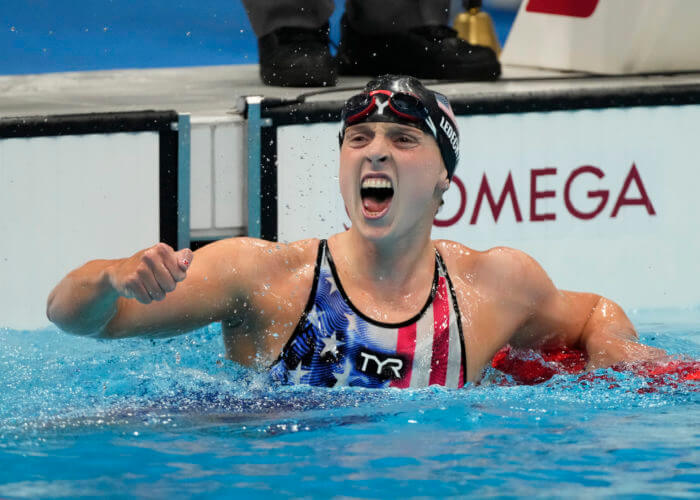
Photo Courtesy: Rob Schumacher/USA Today Sports
Distance swimmers can be classified broadly. Typically, distance swimmers are those who swim the 1000-yard or 800-meter freestyle, as well as the mile. Their practices are often built on pace work, training their bodies to hold a faster pace and also their minds to recognize when they are slowing down or speeding up too quickly. They’re the practice group that no one besides hard and true distance swimmers ever volunteers to partake in. When talking to a non-swimmer, they’ll often be confused, and then shocked, when they learn how many laps a distance swimmer will endure in one race.
The Mid-Distance Swimmers
The mid-distance folks are the ones who do a little bit of everything. They might be able to pull a decent place in a sprint event at one meet, or in a distance race, depending on the day and the field at any given competition. Their true sweet spot, however, is events like the 200 freestyle and the 500-yard or 400-meter freestyle. There’s no individual training group for these types of swimmers, and they usually fill in gaps in a team lineup, depending on the opponent. They might be bounced back and forth between the distance and sprint training groups. They know what they stand for, even if there isn’t a dedicated training group for them, and they tend to be the silent minority of any team’s lineup.
The IMers
The IMers, also known to most swimmers as our world’s version of crazy people, is the true jacks of all trades. With some level of competency and degree of success in all four strokes, their events and training encompass yardage training and technique practice for both. Pace work may be included as well, depending on whether or not the IM is a 200 or 400. The interesting and unique characteristic of IM training and racing is that, while IMers tend to be good swimmers at all four strokes, they all have one stroke they’re better at than others, so more than others, the IM is a race of strategy. There is more analyzing your competition, understanding their better strokes, and adjusting your race plan to better align with yours. Spectators at a swim meet will be most likely on the edge of their seat for IM events because the winner will truly be unknown until the finish.
The Backstrokers
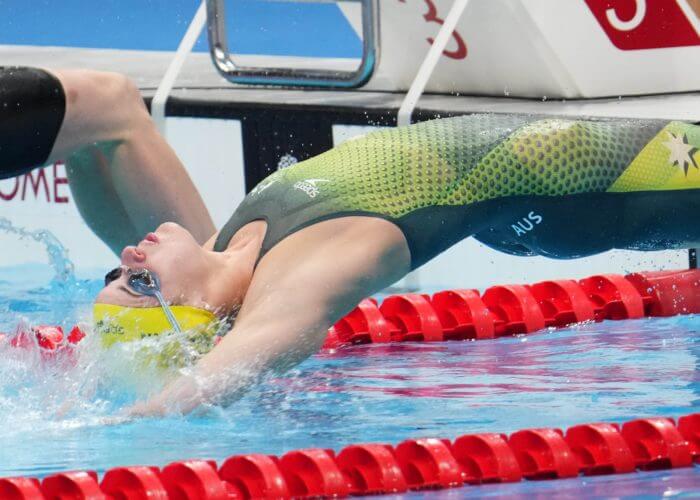
Kaylee McKeown; Photo Courtesy: Robert Hanashiro/USA TODAY Sports
There’s no stroke quite like backstroke and the reason why lies in the name. The basis of backstroke deals with similar training to freestyle in terms of time bases and what you’re training the body to do, but also the exclusive technique involved in it. Moving forward on your front is much more efficient than your back, and there’s a science to the precision of body movement in backstroke. Things like head placement, stroke count, and body rotation play more of a pivotal role than most swimmers know. It’s hard work, but your teammates may envy you for the supposed ease you have when it comes to stroke-based training. The most common injury for a backstroker would be a hit to the head from an incorrect stroke count, and it’s probably the only stroke and event in swimming where concussion is a real risk.
The Breaststrokers
“Up, out, around, and together.” The same words or similar phrasing is the building block for most breaststrokers’ techniques, though it does require a certain degree of movements more complex than that. Called the frog stroke, breaststroke is a slower stroke than most, but their glide will power them through. Like any stroke, breaststroke training is rooted in technique and ensuring you get through the water in the most efficient way. Injuries for breaststroke lie in the knees.
The Butterfliers
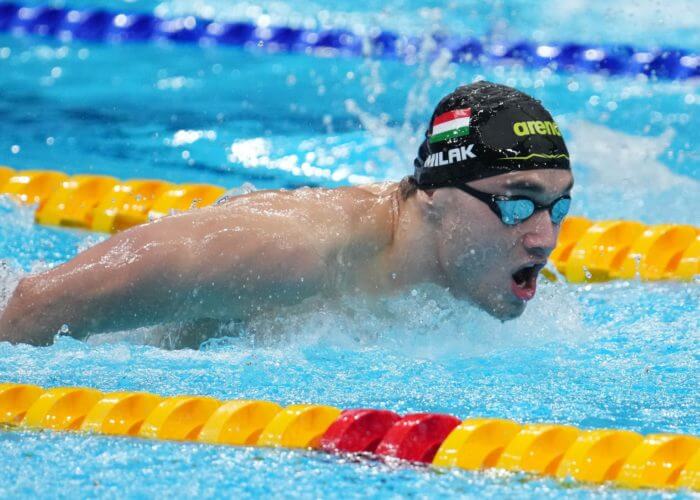
Robert Hanashiro-USA TODAY Sports
These are the swimmers whose stroke was made recognizable to the world by Michael Phelps. Butterfly training involves a certain rhythm that every swimmer possesses in their own unique way, but without proper hip movements, they’re going nowhere fast. Butterfly swimmers tend to have an insane amount of muscle in the shoulders since this one body part takes the brunt of the stroke. Coincidentally, shoulder injuries are the most common for butterfliers. They’re the least envied group among their teammates. Like breaststroke, a non-swimmer won’t understand the delicate balance of power and technique that goes into the butterfly stroke.
Maybe you fit these conventional labels for that swimmers identify with, or maybe you have some rare combination of a few different strokes that make you a hybrid of each. Whatever you identify as, remember that anyone can do anything in the sport of swimming. As long as you work hard and commit yourself mentally to getting better, you’ll see results, and who knows where it’ll take you. Regardless of how you identify yourself as a swimmer, simply being a swimmer means that the possibilities are endless.
All commentaries are the opinion of the author and do not necessarily reflect the views of Swimming World Magazine nor its staff.



